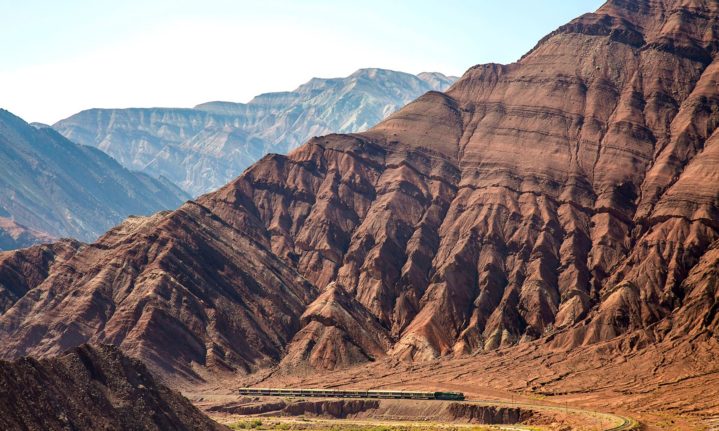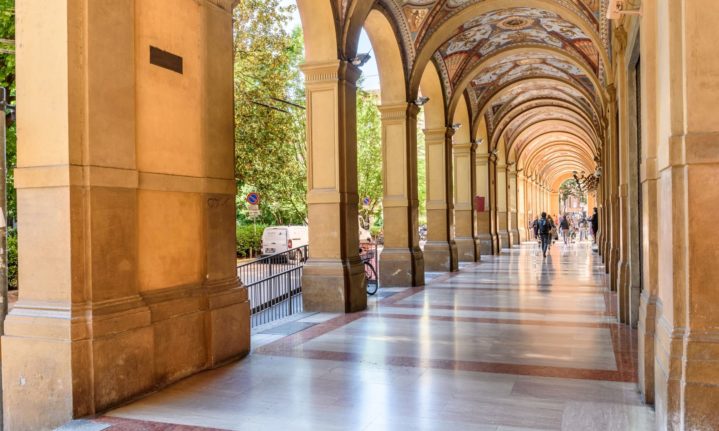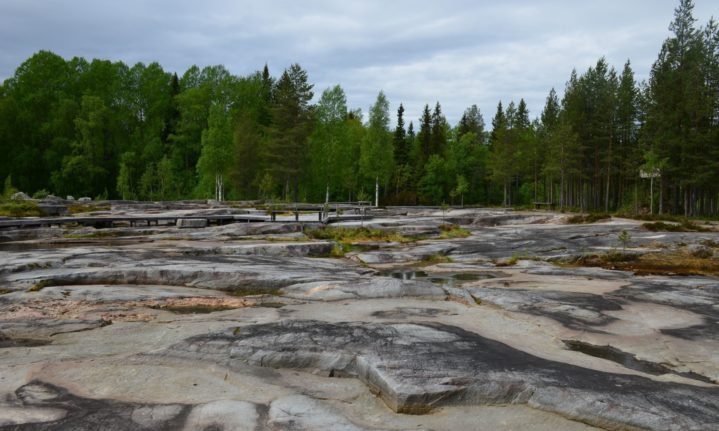The extension of an ancient grove forest, a 300 000 hectare forest and a 1300 km railway are some of the newly inscribed World Heritage Sites. Four additions were made in the 44th session on 28 July 2021, of the World Heritage Committee who are examining nominations from both 2020 and 2021.
Destinations must meet one of several criteria such as a unique testimony to a cultural tradition or civilisation or contain superlative natural phenomena or areas of exceptional natural beauty and aesthetic importance.
UNESCO’s mission is to encourage countries to sign the World Heritage Convention to ensure the protection of natural and cultural heritage. Below are some of the newly added UNESCO World Heritage sites.
Trans-Iranian Railway
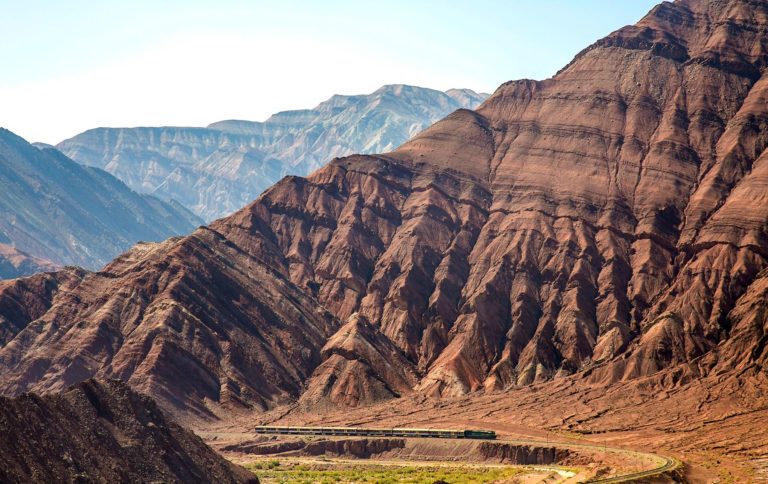
Picture: Hossein Javadi/ UNESCO
Constructed in the 1920s and 30s, the Trans-Iranian Railway connects the Caspian Sea in the Northeast with the Persian Gulf in the Southwest. The railway traverses two mountain ranges and rivers, highlands, forests plains, and four different climatic areas. The railway is notable for its scale and engineering feats in overcoming steep routes and the rugged terrain. It involved extensive mountain cutting with 174 large bridges,186 small bridges and 224 tunnels.
Ivindo National Park, Gabon
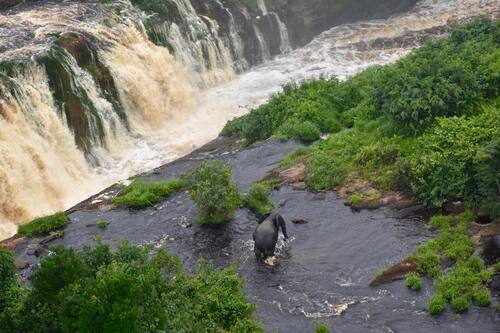
Picture: Lee White/ UNESCO
Situated on the equator, the present site encompasses 300 000 hectares crossed by blackwater rivers that feature rapids and waterfalls in the intact rainforest. The aquatic habitats harbour endemic freshwater fish species. Critically endangered slender snout crocodiles also find refuge in the park alongside threatened mammals such as the critically endangered forest elephant, lowland gorilla and the Chimpanzee.
The Porticoes of Bologna, Italy
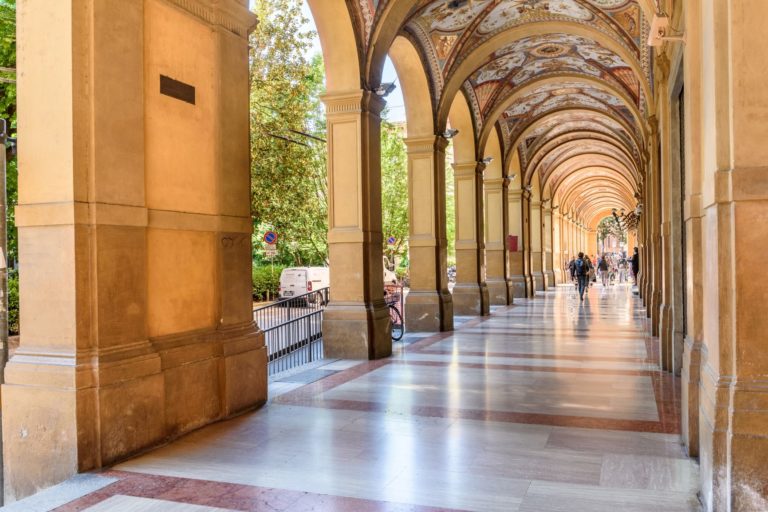
Comune di Bologna. Picture: Giorgio Bianchi? UNESCO
The property comprises twelve parts consisting of ensembles of porticoes dating back to the 12th century. These porticoes are considered the most representative of the city’s, covering a total stretch of 62 km. They are appreciated as sheltered walkways and prime locations for merchant activities. the various porticoes reflect the different typologies, urban and social functions and chronological phases, which has become an expression of Bologna’s urban identity.
Petroglyphs of Lake Onega and the White Sea, Russia
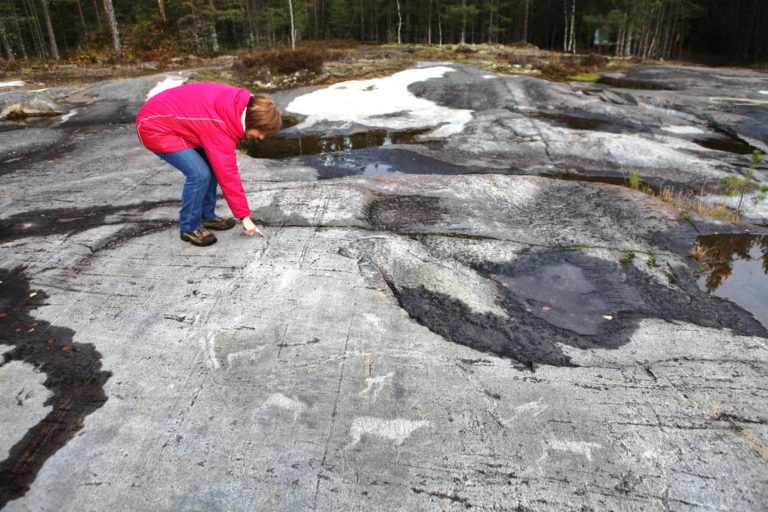 The site contains 4,500 petroglyphs carved in the rocks during the Neolithic period dated 6 to 7 thousand years ago and is located in the Republic of Karelia in the Russian Federation. It is one of the largest such sites in Europe with petroglyphs that document Neolithic culture in Fennoscandia. Petroglyphs are rock carvings made by pecking directly on the rock surface using a stone chisel and a hammerstone. 22 petroglyph sites at Lake Onega feature over 1200 figures and 3 411 by the White sea site.
The site contains 4,500 petroglyphs carved in the rocks during the Neolithic period dated 6 to 7 thousand years ago and is located in the Republic of Karelia in the Russian Federation. It is one of the largest such sites in Europe with petroglyphs that document Neolithic culture in Fennoscandia. Petroglyphs are rock carvings made by pecking directly on the rock surface using a stone chisel and a hammerstone. 22 petroglyph sites at Lake Onega feature over 1200 figures and 3 411 by the White sea site.
The World Heritage Committee are set to conclude their deliberations on Friday, July 30 with more sites possibly being added to the list. To view the full list of new World Heritage Sites, visit UNESCO here.









